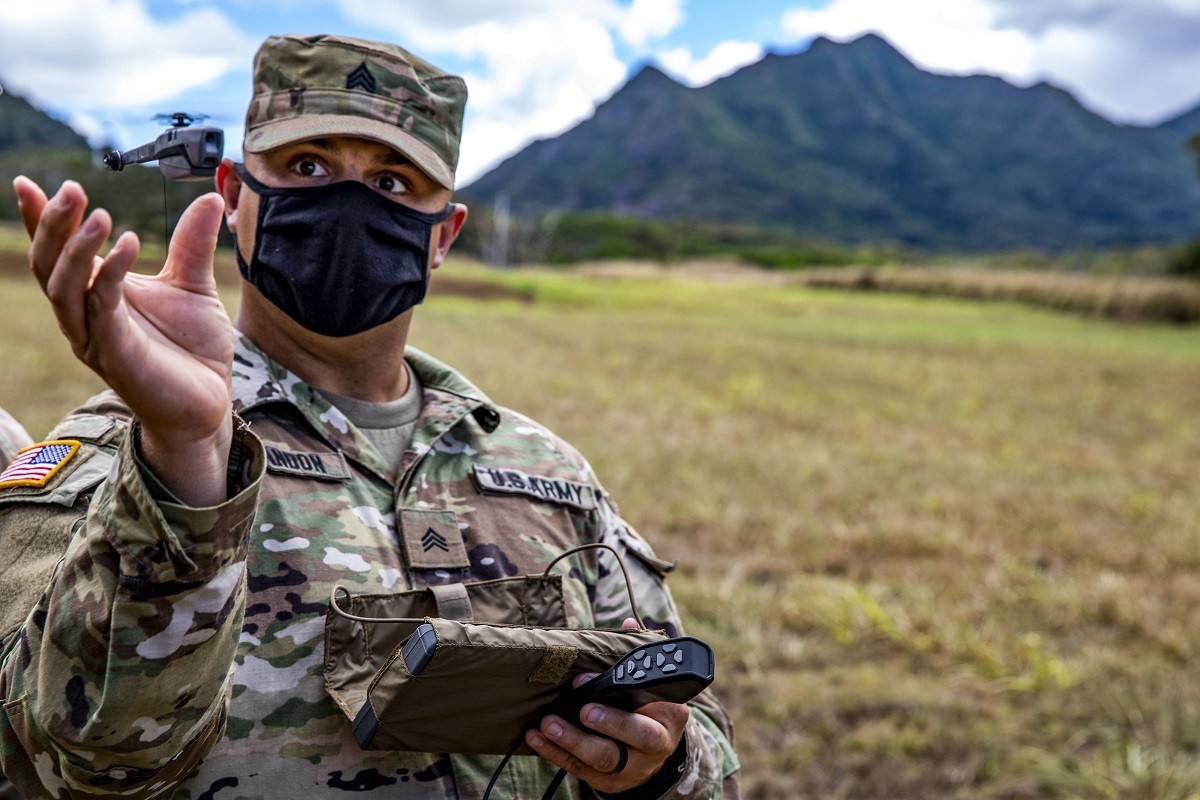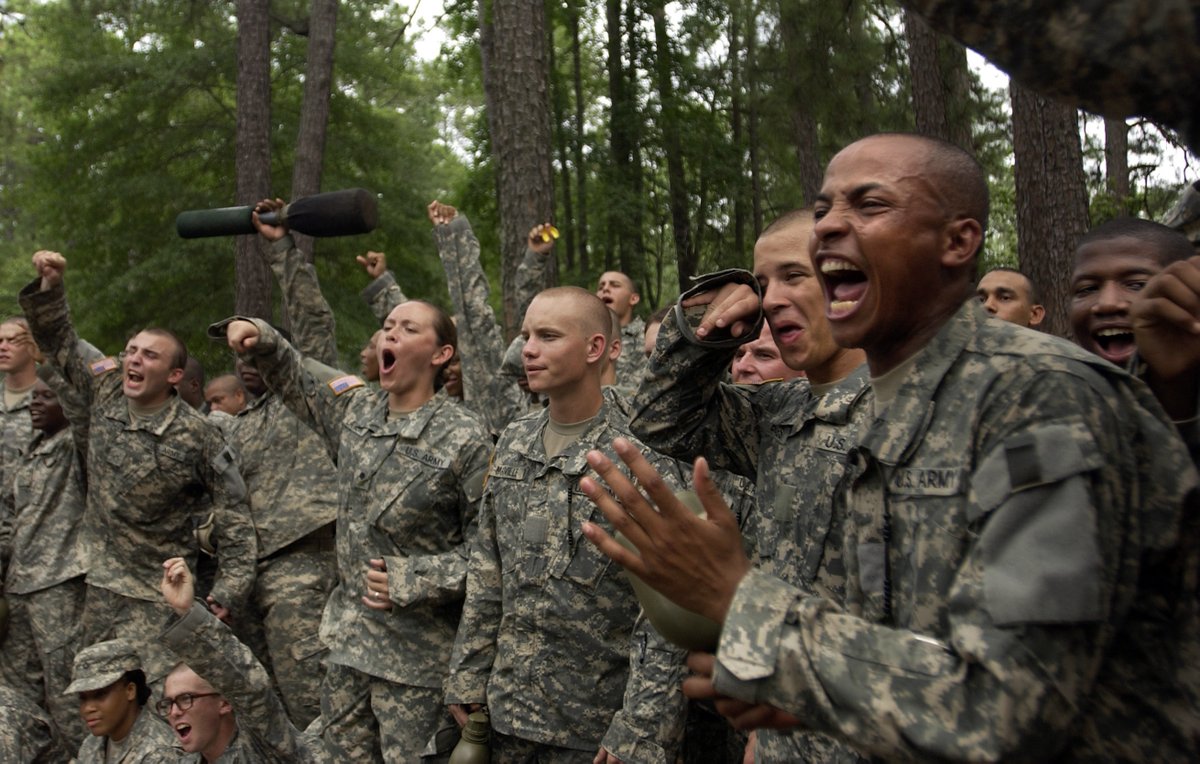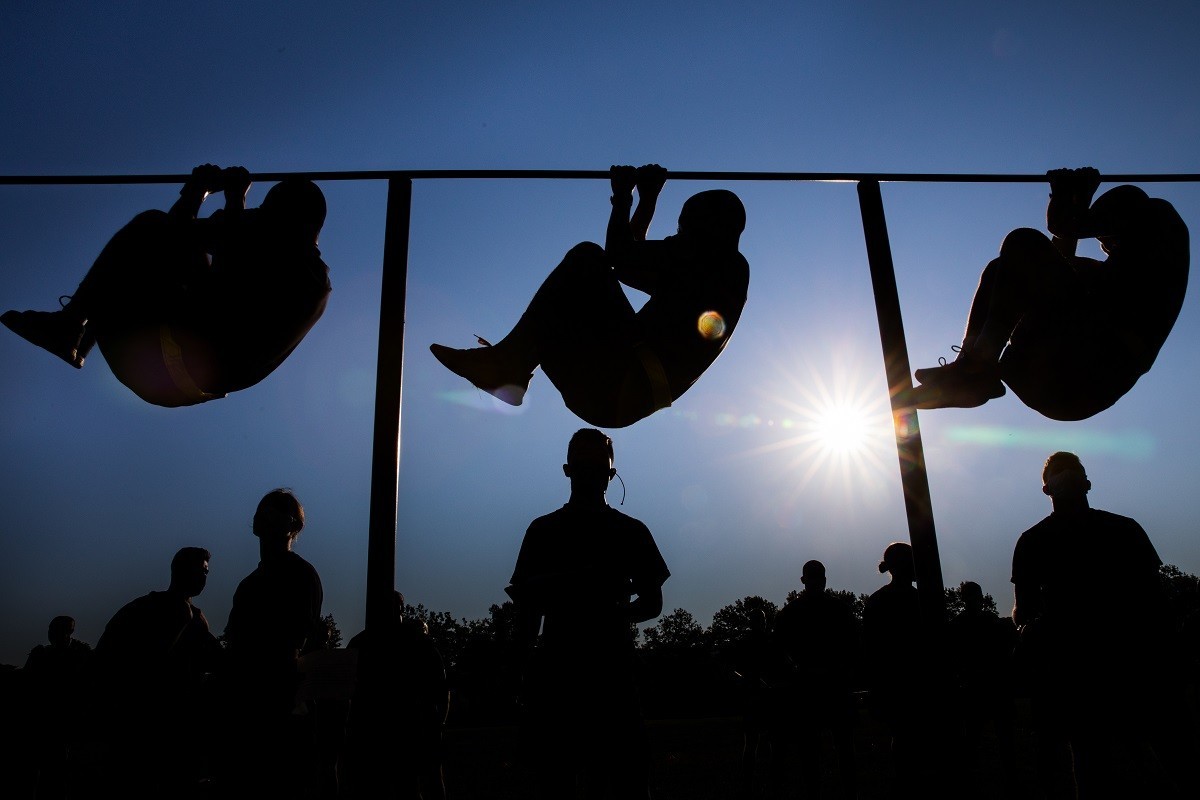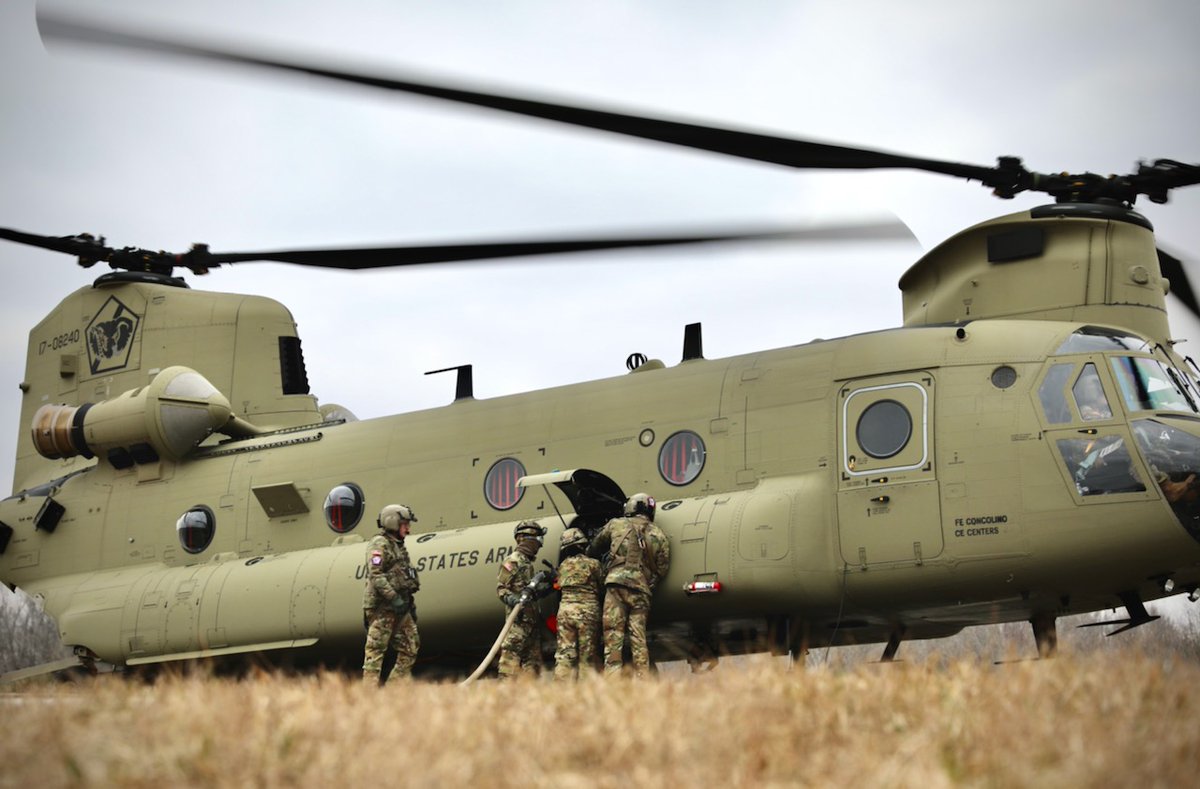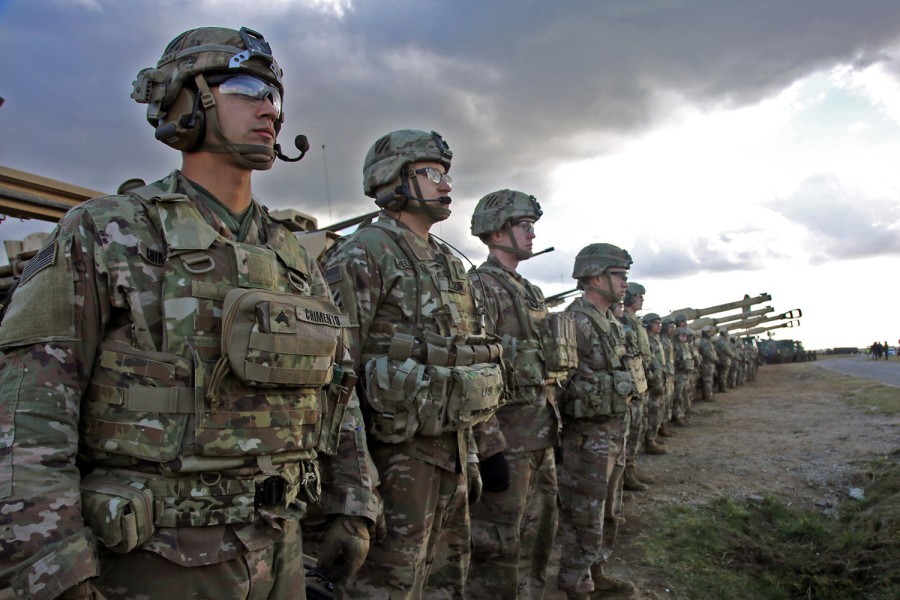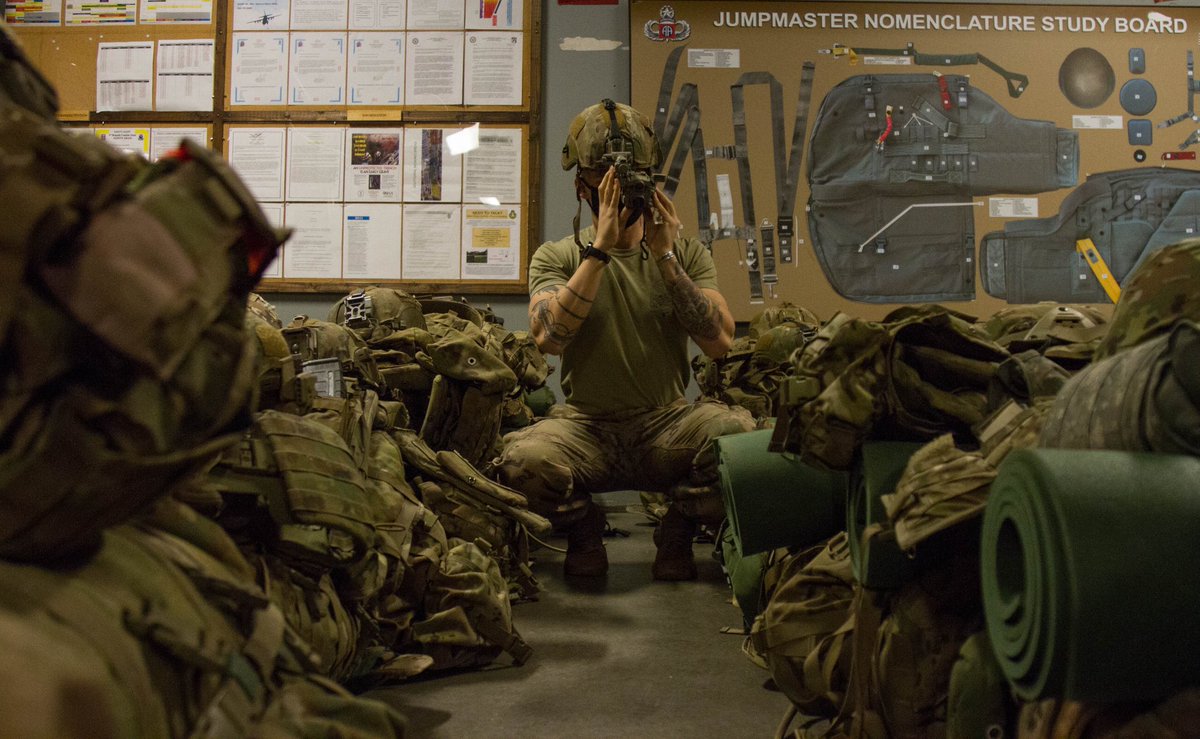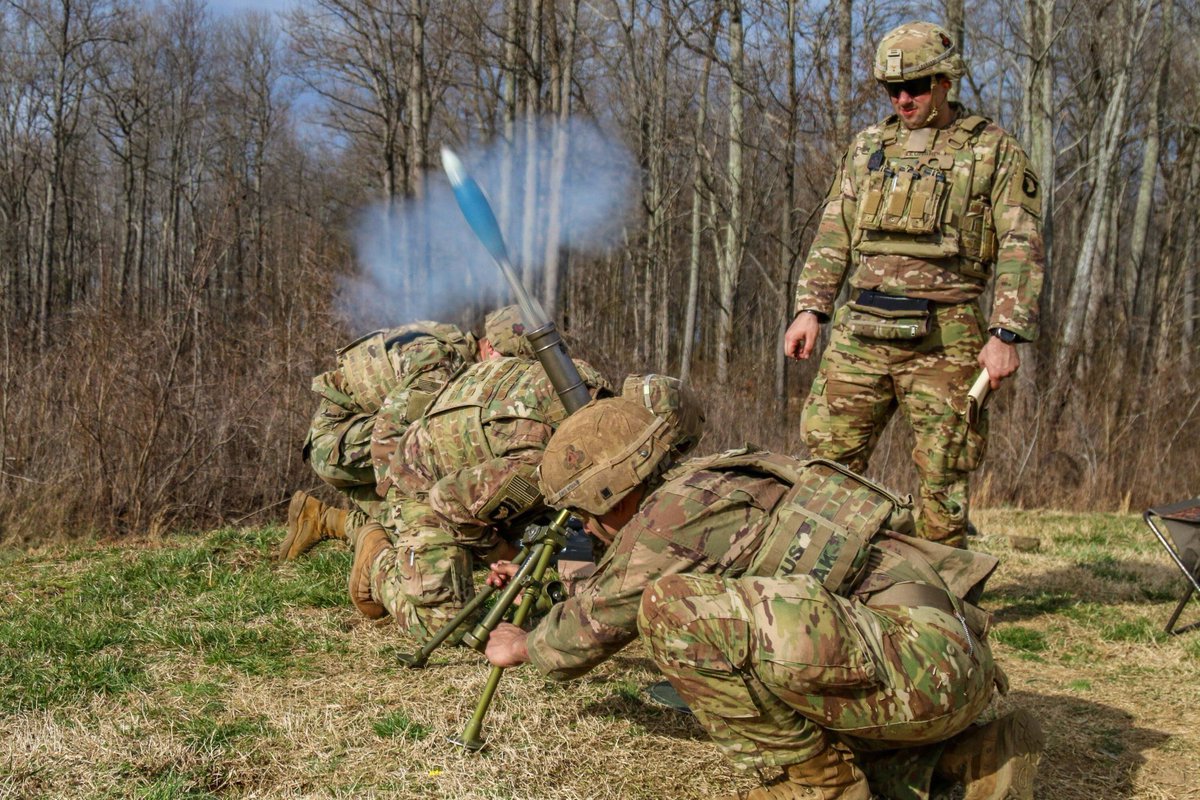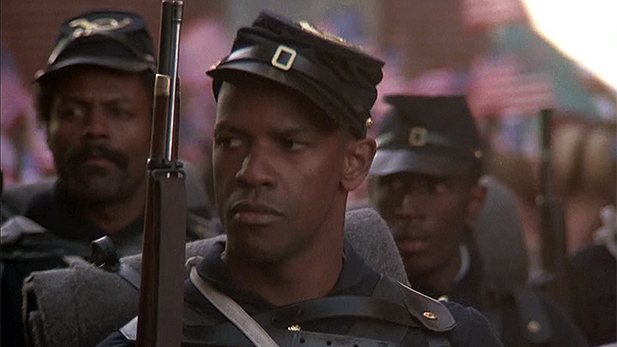
[1 of 10]
Today, Tues, Feb 9th, is Day 6 of our series of stories on Soldier innovations that have had a strategic impact on the Army.
Today we're going back to the Vietnam War.
We often think of the Vietnam War as an infantry fight supported by naval strikes & aerial bombing.
Today, Tues, Feb 9th, is Day 6 of our series of stories on Soldier innovations that have had a strategic impact on the Army.
Today we're going back to the Vietnam War.
We often think of the Vietnam War as an infantry fight supported by naval strikes & aerial bombing.

[2 of 10]
That's partly true but artillery was critical to the way the Americans fought in Vietnam, particularly from 1965 to 1970.
That's partly true but artillery was critical to the way the Americans fought in Vietnam, particularly from 1965 to 1970.

[3 of 10]
Because of the large areas that required protection and the enemy's surprise tactics of ambush, raid, and attack by fire, artillery units were required to respond almost instantly to calls for defensive fire.
Without rapid arty in defense, units were at grave risk.
Because of the large areas that required protection and the enemy's surprise tactics of ambush, raid, and attack by fire, artillery units were required to respond almost instantly to calls for defensive fire.
Without rapid arty in defense, units were at grave risk.

[4 of 10]
The "speed shift" of the 155-mm howitzer was an example of the ingenuity of artillery innovations in Vietnam.
The "speed shift" of the 155-mm howitzer was an example of the ingenuity of artillery innovations in Vietnam.

[5 of 10]
During the first few months of 1966, 1st Lieutenant Nathaniel Foster of @FightingFirst developed a simple, effective device to allow rapid shifting of the 155-mm towed howitzer.
During the first few months of 1966, 1st Lieutenant Nathaniel Foster of @FightingFirst developed a simple, effective device to allow rapid shifting of the 155-mm towed howitzer.

[6 of 10]
The old method of shifting the cannon involved lowering the weapon down off its firing jack, picking up the trails, pointing the piece by hand in the new direction of fire, an action that took the considerable effort of 8 soldiers [it was near impossible in mud].
The old method of shifting the cannon involved lowering the weapon down off its firing jack, picking up the trails, pointing the piece by hand in the new direction of fire, an action that took the considerable effort of 8 soldiers [it was near impossible in mud].

[7 of 10]
The solution was a locally-fabricated pedestal positioned under the howitzer carriage’s balance point. In use, the howitzer was lowered until its weight rested on the pedestal, making it possible to pick up the trails and swing the howitzer in any direction in seconds.
The solution was a locally-fabricated pedestal positioned under the howitzer carriage’s balance point. In use, the howitzer was lowered until its weight rested on the pedestal, making it possible to pick up the trails and swing the howitzer in any direction in seconds.

[8 of 10]
During Operation Birmingham in May, 1966, Lieutenant Foster’s batter fired over 7,200 rounds during 19 days and performed innumerable shifts using the pedestal. One gun was shifted 33 times in one critical 19-hour period!
During Operation Birmingham in May, 1966, Lieutenant Foster’s batter fired over 7,200 rounds during 19 days and performed innumerable shifts using the pedestal. One gun was shifted 33 times in one critical 19-hour period!

[9 of 10]
The speed-shift pedestal was replicated by American artillery units throughout Vietnam, making artillery more lethal and effective in the defense.
Lt Foster's invention made artillery more lethal and effective throughout Vietnam.
The speed-shift pedestal was replicated by American artillery units throughout Vietnam, making artillery more lethal and effective in the defense.
Lt Foster's invention made artillery more lethal and effective throughout Vietnam.

[END]
Who will be the next Soldier-innovator to change the way our Army thinks, fights, or cares for Soldiers?
Find out on Dragon's Lair, Episode 3, Monday, February 22nd.
Who will be the next Soldier-innovator to change the way our Army thinks, fights, or cares for Soldiers?
Find out on Dragon's Lair, Episode 3, Monday, February 22nd.

• • •
Missing some Tweet in this thread? You can try to
force a refresh

